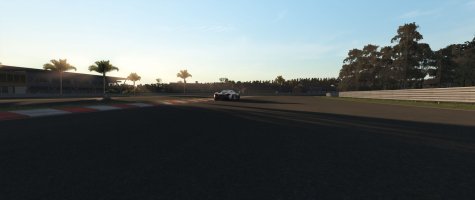Folks on xsimulator and elsewhere simulate acceleration and cornering effects using wedges.
Compared to more mechanical (and challenging) approaches,
inflatable cushions are potentially seat-agnostic.
However, initial testing with air wedges:
.. suggests issues:

https://www.amazon.com/dp/B098DT619M
Compared to more mechanical (and challenging) approaches,
inflatable cushions are potentially seat-agnostic.
However, initial testing with air wedges:
- effects from my largest (25x12 cm) wedge are too subtle
- 3 mm air lines slow inflation and deflation.

https://www.amazon.com/dp/B098DT619M
Last edited:










